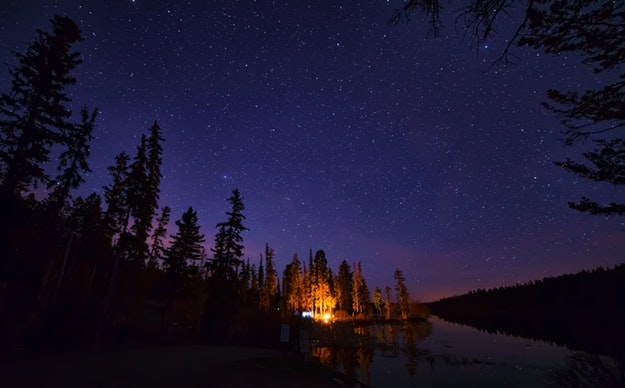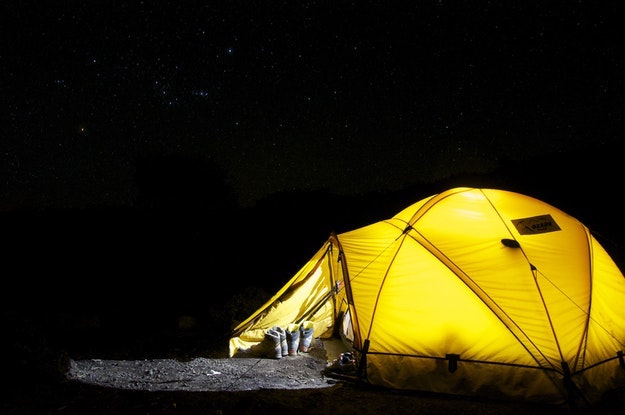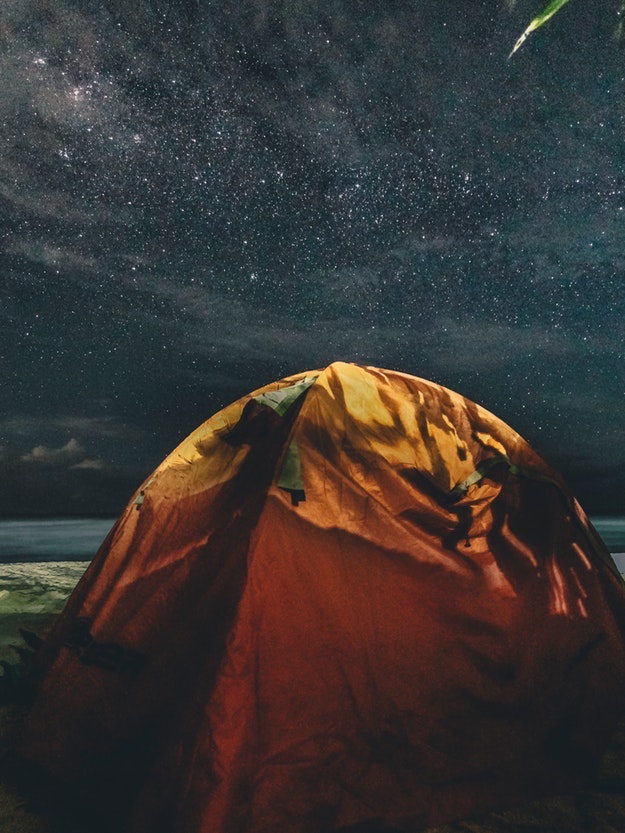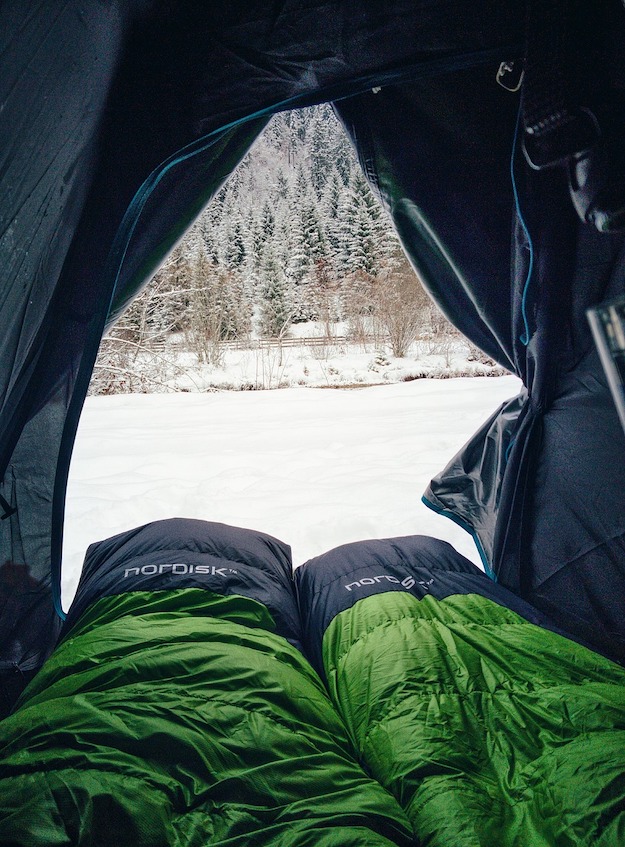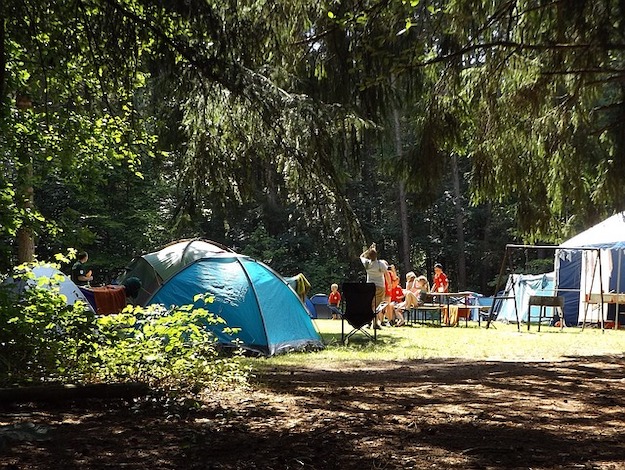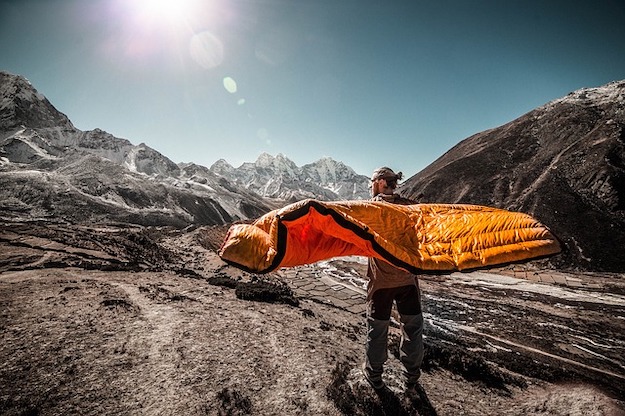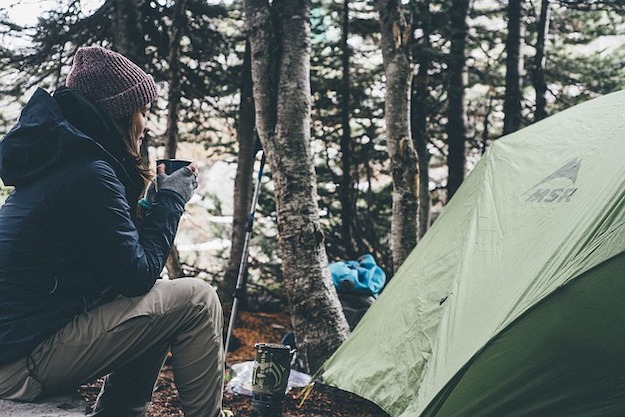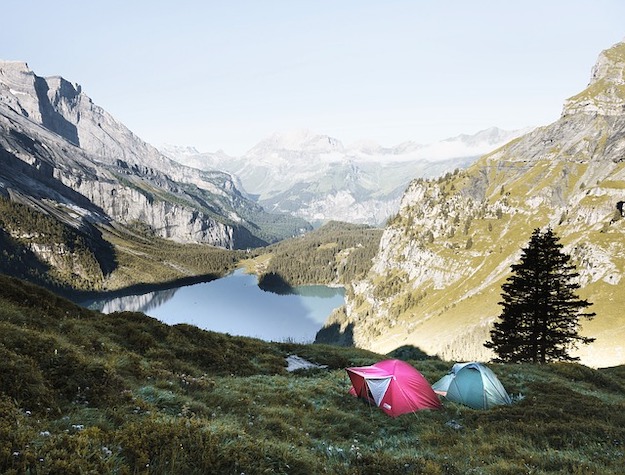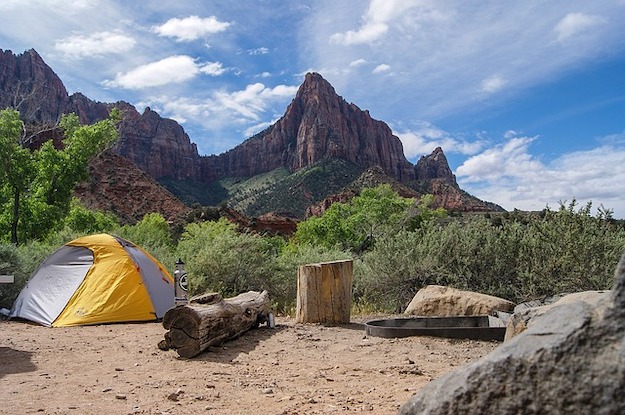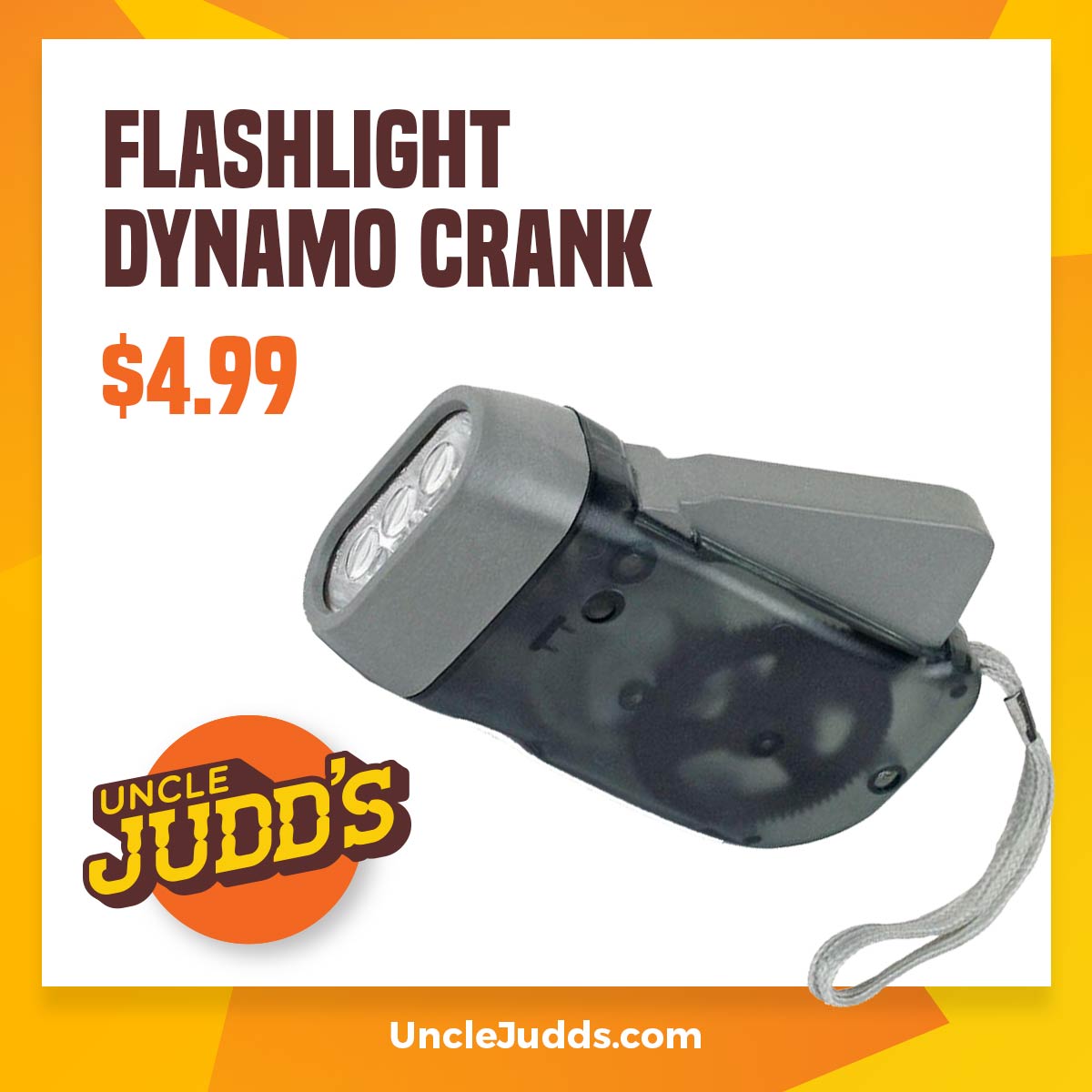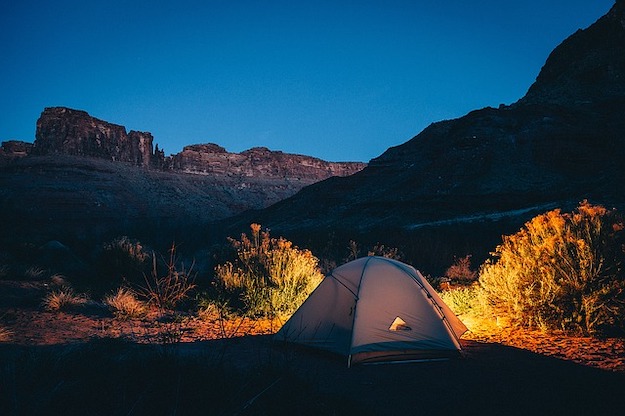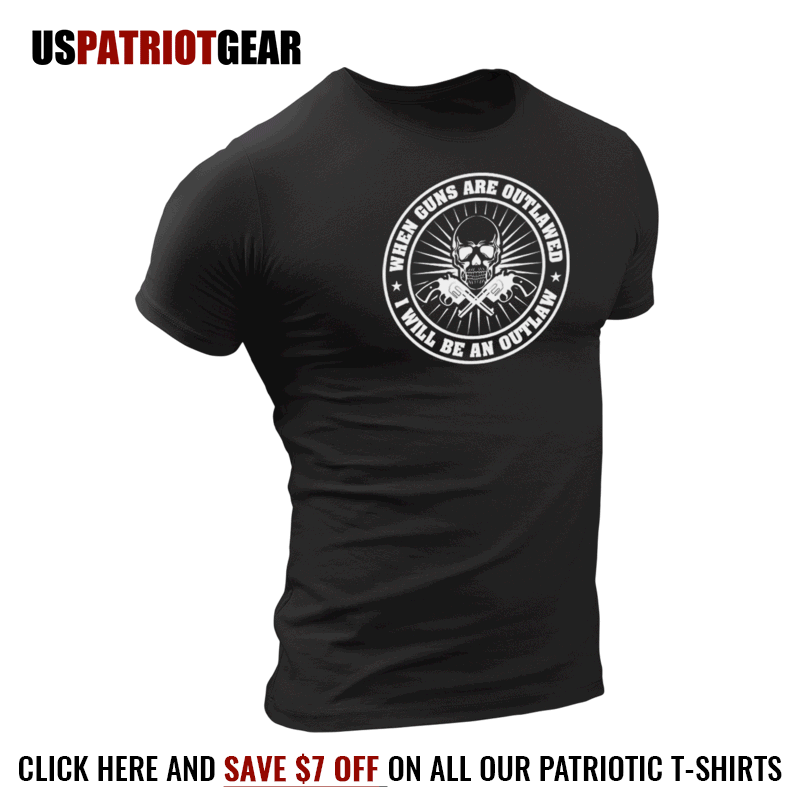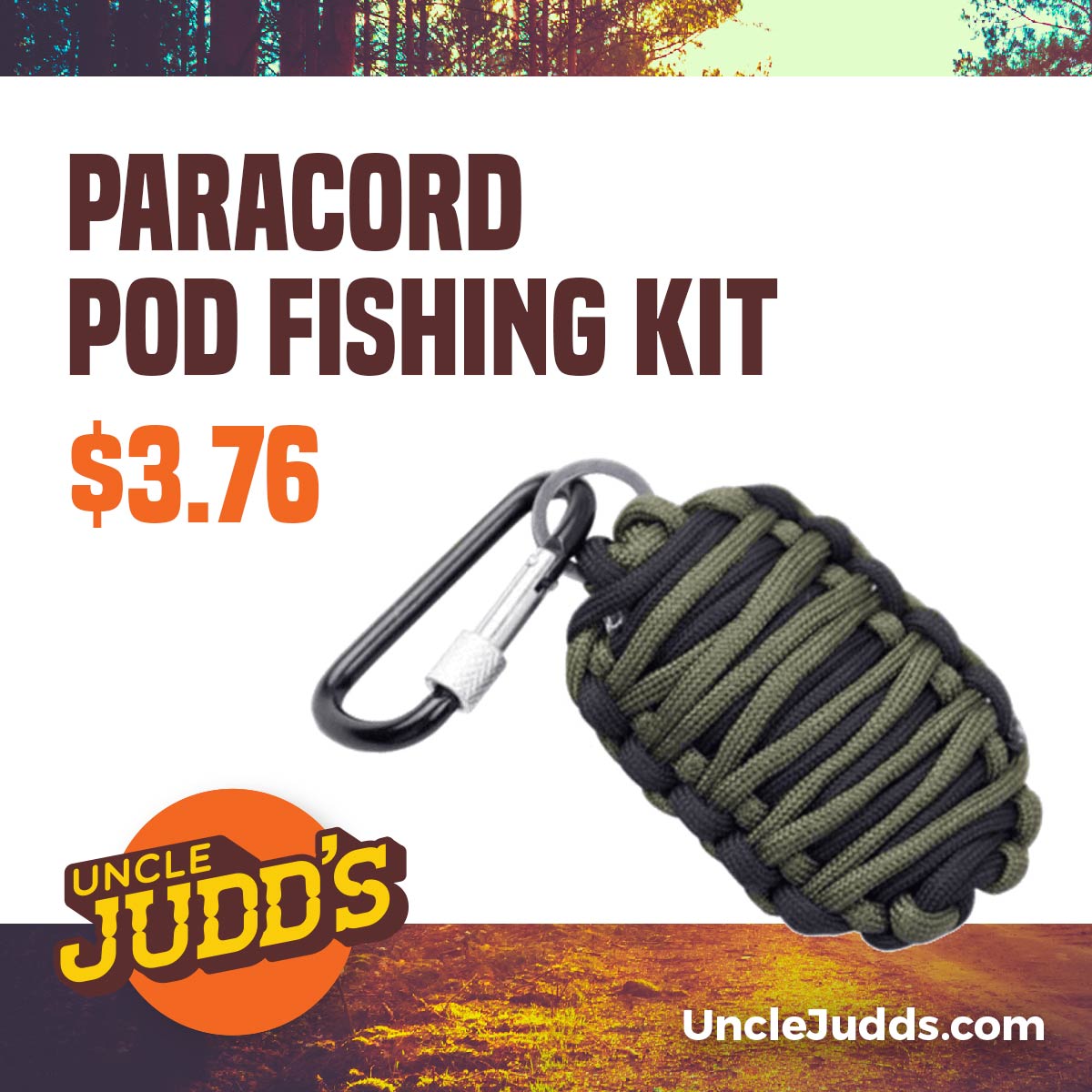Gear
How to Choose The Right Backpacking And Trekking Tents
Choosing the right trekking tents can make or break any outdoor activity you have, regardless if it’s an overnight in the wilderness or in the mountains. Our goal here is to provide you with a small checklist on how to choose trekking tents that will fit your needs.
Published
4 years agoon
By
Jeffrey Buck
Are you planning out an excursion on the woods or on the mountains? Whatever your answer will be, if you’re thinking of sleeping in the course of your trek, you’ll probably be bringing out with you a tent. In this article I’ll be sharing you with my personal thoughts on what trekking tents you should choose. It really depends on the many factors that will come into play when you go out for that trek, such as the durability, the adaptability, and the ease of set-up of the trekking tent. We’ll run through each factor, briefly one-by-one.
Choosing The Right Trekking Tents Made Easy
I’ll go out and begin with something extremely cliché: sleep is extremely important. Not only sleep but quality sleep. Especially out there on the woods, the quality of your sleep will be crucial. On the go, it’s easy to just forego the quality in quality sleep. But really, you’ll need every ounce of energy, when you’re out there trailing the road. Don’t make do with something crude and uncomfortable, or you’ll wake up weary and off your guard. Get yourself a tent among the many available trekking tents that’s right for the place you’re going to. To hep you choose, below are some pointers or factors you should really consider when you’re looking for the right house-on-the-go to bring.
1. Price vs. Value
Money doesn’t come from trees. First off, we’ll need to discuss the price of the trekking tents you’re planning to buy from. Generally the more expensive it is, the higher the quality you should expect from the trekking tent. In the following items, we’ll discuss what you’ll generally need to look for in a tent when you’re out shopping for your hiking gear.
2. Comfort
3. Ease of Set-Up
You’ll find that normally the heavier though more durable double wall tents are a lot easier to set up than ultralight tents, since ultralight tents aren’t usually free-standing and they need support with trekking poles and guy line systems. If you’re looking to buy with ease of set-up in mind, get the more durable double wal shelters.
4. Weather Resistance
The pyramid type of tents are going to be the best resistant type of tent. Essentially, they go up with just one or two poles, they’re covered and closed on all sides, with slanted walls to keep the wind and the snow down at bay. Overall, if you’re looking at trekking to a place with erratic, unreliable weather condition, you can opt for a pyramid.
5. Durability
PU (that’s polyurethane, but let’s just call it PU since it’s a mouthful) is choice coating for most tents that are budget. The most inexpensive method to get waterproof with good enough durability in moist, arid conditions. The thing about PU is that its waterproof property dissipates over time. The next fabric on the list is a bit more expensive than PU: SilNylon. It’s water repellant, good against the snow, and used in most high quality tents. The most expensive would cuben fiber, four times more expensive than SilNylon but so much more durable.
6. Weight
You’ll find that ultralight shelters (yes, it’s nicked as shelter, not tent) are much more compact and lighter than your usual tents. There is a tremendous difference. The shelters aren’t just portable, they’re really light as compared to the tents you’d normally get. If you’re feeling minimal, go ahead and get yourself an ultralight shelter.
7. Packed Size
Remember that the space your tent will be taking up packed up will also associate with the ease you’ll have carrying the tent in your trekking around. Although you can reduce the space for your easeness to carry by separating part from part, having your buddy or partner carry the rainfly or poles, for example, you can simply opt for a tent that isn’t large to begin with. If you’re choosing with this in mind, again I would suggest the minimal ultralight shelter. If you’re going for size, I suggest getting the Ozark 10-Person Tent. Shop for this product right HERE!
8. Poles
Ideally, most tents have aluminum poles and I’d say that’d be quality enough. Some would be stiffer or lighter than the other poles, but really, I’ll say it straight right now that no poles are “bad.” But yes, generally, the price gives you a heads-up regarding the quality of these poles, with better quality tents coming around with better quality poles.
9. Adaptability
Perhaps the biggest factor we’d be looking for in choosing from our selection of trekking tents. Adaptability is extremely important, if you plan to go on trekking after this one time you’re heading to the wilds, then you’ll need a tent that is adaptable. I’ll go out now and say that double-wall tents (or at least most) aren’t really too adaptable. They seem to have to always be in the same set-up every single time you them. Adaptability wise, ultralight shelters are better. But really, your best best would be tarps, both flat and the versatile ones.
10. (BONUS) Site Selection
I’m putting this up here since even though you have a nice tent, if you select a poor site, then you will tax your tent or yourself more than you have to. Essentially you’ll want to keep on flat ground, slightly off-the-trail, somewhere windy, staying safe and keeping away from the habitat, hazards, water, and the bottom of valleys (in case of rain). Try to find durable surfaces to pitch your tent on, like gravel. Setting up beside rocks, trees, or bushes would be great as well since these would naturally act as a windbreak.
A good place to start when looking for good trekking tents to sleep by, would be in this handy video by Ezvid wiki right here!
Do you have a tent of your own? Have any particular questions to ask? The quality, durability, and such of trekking tents are all extremely important yet it’s easy to simply just buy whatever appeals to you without really looking at its quality. Tell us what you think about all this and drop by your two cents in the comments below.
If you’re looking for more substantial details on backpacking and trekking tents, you’ll find it here, right in this article!
Featured image via xdogtrekking.com
You may like

How To Build A Debris Hut

Ironman Triathlon Podcast: What You Need To Know As An Aspiring Ironman

Awesome Family Camping Tips For Beginners

Hiking Safety Tips: What To Do When You Have Knee Pain On Trail? [PODCAST]

How To Craft Sharp Stone Tools To Survive The Great Outdoors

Mountain Bikers, Why You Don’t Want to Ride Like a Pro!

Hiking Boot Accessories
The Handgun Safety Test For Beginners
These Hunting Shotguns Are The Best Bang For Your Buck
11 Types of Guns That Will Keep You Alive On Doomsday
Best ATV Tires – The Top 6 Lightest Mud Tires
Arizona Hunting Laws and Regulations

The Top 5 Hunting Guns You’ll Ever Need For A Wilderness Walk-out

Hunting And Conservation Discussion | Call Of The Outdoors Podcast [LISTEN]
The Handgun Safety Test For Beginners
These Hunting Shotguns Are The Best Bang For Your Buck
11 Types of Guns That Will Keep You Alive On Doomsday
Best ATV Tires – The Top 6 Lightest Mud Tires
Arizona Hunting Laws and Regulations

The Top 5 Hunting Guns You’ll Ever Need For A Wilderness Walk-out


